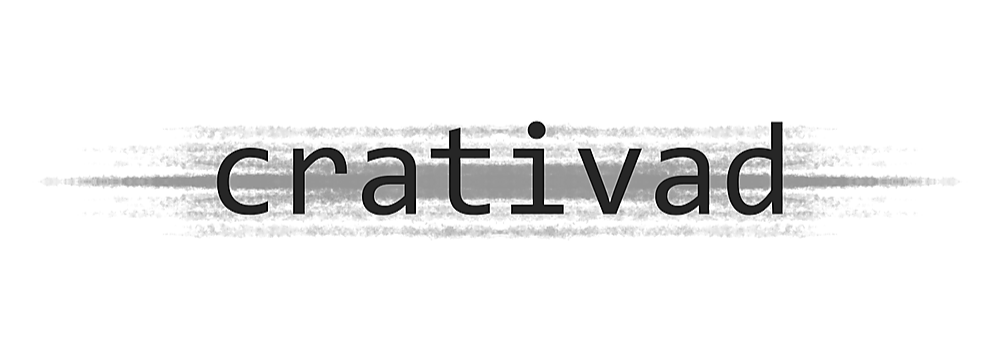The Meaning Behind an Artwork: Who Decides What?
Photo courtesy of @alipp.s on Instagram.
Have you ever looked at one piece of art – be it a painting, drawing, or even a sculpture at those galleries or museums and wondered about the meaning behind it?
You ask yourself questions like, "What exactly is this?" or "What was the artist trying to deliver here?" – some even thought, "Is this art?"
Well, to answer that, we first need to know what is meant by 'art.'
Ironically, there is no single, solid way to define art, as its definition remains elusive throughout history. But generally speaking, art refers to the expression of human creative skill and imagination through their desired medium.
So what's art and what's not?
There are different types of art in this world, ranging from visual, performance, literary, commercial, and the list goes on.
And what's not art? It's a bit tricky…
In this blog, we'll be focusing on visual art – specifically, fine art, like painting.
Good Art and Bad Art – Is There Such a Thing?
Let's dive into one of the most discussed topics in the art world: good art and bad art.
What makes an artwork good or bad is a weighty subject. The act of labelling a piece of work, either of these two, relies heavily on the visible values present, based on the audience's point of view.
This ties closely to the idea of personal preference – what people perceive as 'good' mostly tends to be what they like, and vice versa.
People often look at the overall style of the painting, whether it suits to their liking or not. They should rather focus on the overall quality; considering the visual elements and design principles involved.
Here's an example of what is said to be one of the 'greatest' paintings ever made – Mona Lisa.
Mona Lisa by Leonardo da Vinci, via Wikimedia Commons. Public domain.
The subjectivity in art opens the door to countless possibilities. Artists are free to explore different ideas and styles because, technically, there's no right or wrong answer for it.
Of course, there are certain fundamentals to chew over – things like composition, balance, and unity – which can enhance an artwork and communicate intention more effectively.
One thing we can keep in mind:
”The subjectivity in quality is not the same as the subjectivity in meaning.”
Even if two people agree that a painting is well-made, they might interpret its meaning in completely different ways.
Should An Artwork Be Explained? Yes And No
Traditionally, whether or not the need for explanation for a piece of art has been debatable for decades.
There's a French saying from the 19th century: “l’art pour l’art” which means art for art’s sake.
To put it simply, it tells that art shouldn't have needs for justification; instead, art should be free of any political, social, or ethical significance. It should be created solely for its own sake, followed by the artist's intuitive instinct, emotion, and experiences.
How true is this? Or even better – how far would you agree?
We know that, by art, the idea is that artists want to express something through the creation of something. The act of expression itself resembles some kind of purpose or reasons behind; feelings, a philosophy, or even one's personal message.
Are reasons not equal to messages?
What about those so-called 'meaningless art' then? Wouldn't the beauty or aesthetic elements present in the piece act as its meaning, like symbolizing the beauty of life, people, or love?
That depends on one's personal interpretation.
Artistic Interpretation
It's undeniable that reasoning helps to increase an artwork's value. Artistic interpretation does exist – even considered essential in the aspect of objective criticism or academic purposes. In this case, the essentiality of interpretation provides insights into how the artist could refine the piece's overall quality.
On the other hand, subjective criticism steers the viewers' critical thinking, where it resonates with people's understanding – based on their personal emotions, feelings, and past experiences. This type of interpretation leads to various responses, which are backed up by different understandings and knowledge.
An artwork displayed in a gallery could be seen by different types of audiences; ranging from critics, curators, art historians, enthusiasts, or even regular people. Each will see it through their own unique lens.
Moreover, there's the artist's message to consider – their intentions. But one thing I know is… "by time, intentions change."
So ask yourself how the piece makes you feel.
Do you feel calm? Empty? Maybe some kind of melancholy feeling?
Or you feel delight, joy, those contentment vibes?
Photo by Thomas Gabernig on Unsplash.
To wrap things up, there's no default way of interpreting a work of art.
When talking about interpretive criticism, it all depends on people’s personal preference as well as individual perception.
Then whose reasoning should we look at – the artist, curators, or our own (the viewers)?
And which ones among them are correct?
That, my friend…
Is a matter open to interpretation, and for now, left unanswered.



